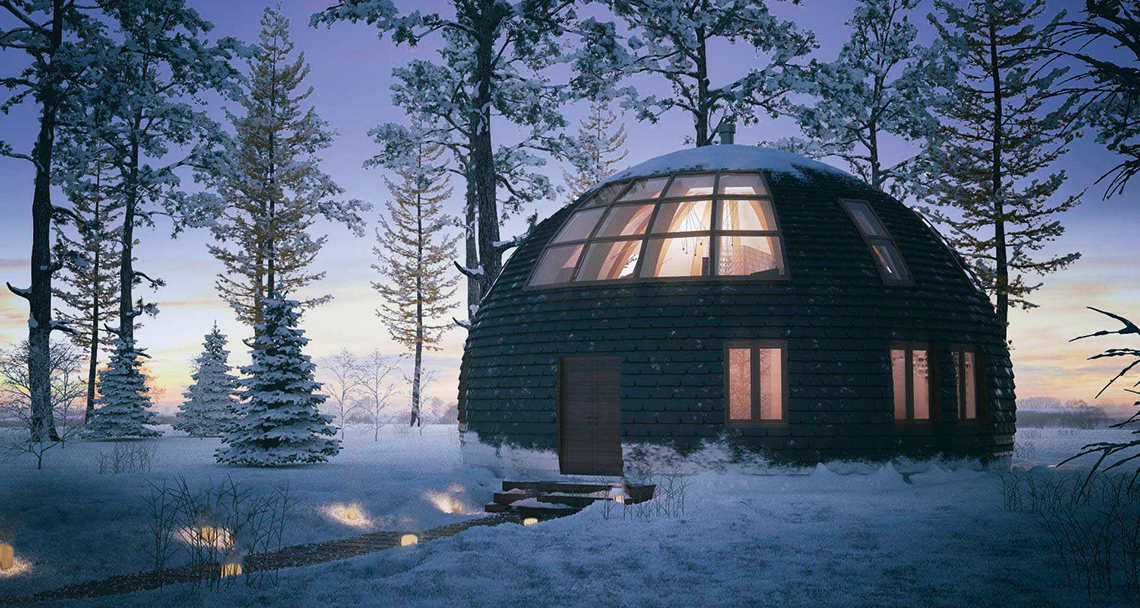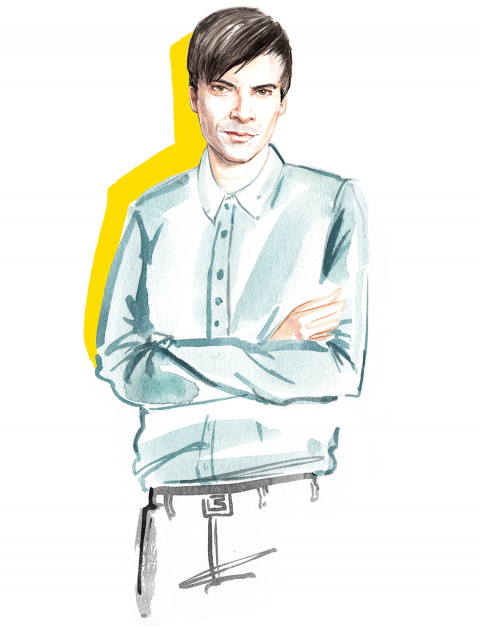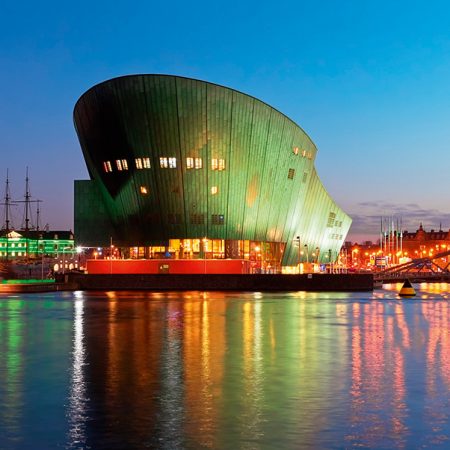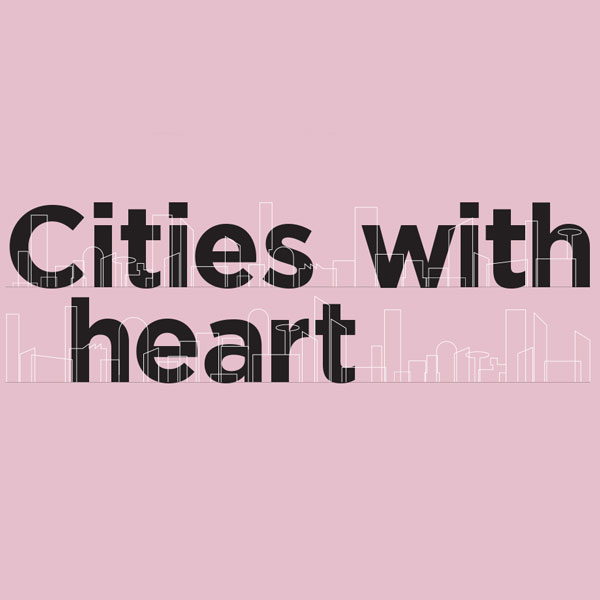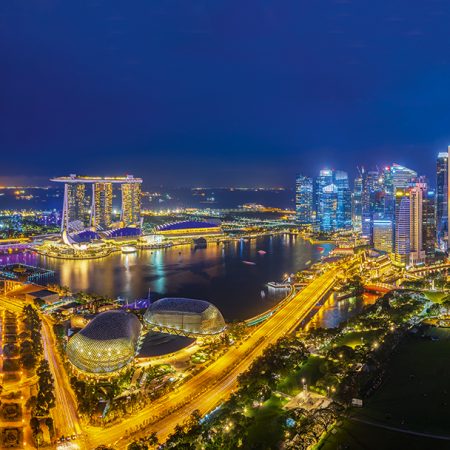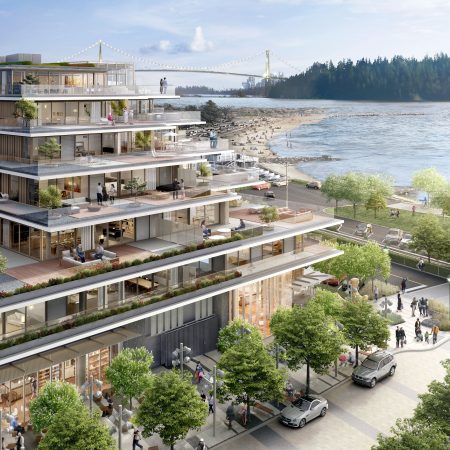1. Skydome, Moscow, Russia
Constructed from eco-friendly materials, the dome home’s spherical shape and lack of interior walls help to minimise heat loss in the depths of winter. It is also incredibly strong – the designers say the roof of the dome can withstand the greatest load of snow as compared with any other form of house: up to 700kg per square metre.
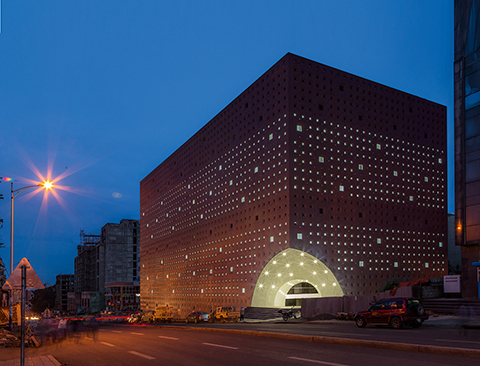
2. Lideta Mercato, Addis Ababa, Ethiopia
This shopping centre, designed by Xavier Vilalta, is a contemporary take on the city’s traditional open-air market. Its perforated concrete facade protects from the harsh sun, and helps to naturally light and ventilate the atrium within. The huge roof captures rainwater, which is filtered and reused throughout the building.
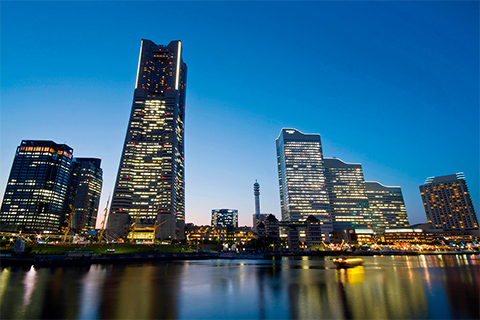
3. Landmark Tower, Yokohama, Japan
The second tallest building in Japan employs a number of smart earthquake-resisting measures. The structure is similar to the earthquake-resilient Japanese pagoda. The whole building is placed on rollers, so in the event of an earthquake the earth below can move without disturbing the structure. A mass-damper system limits the amount the building sways during earthquake tremors and high winds.
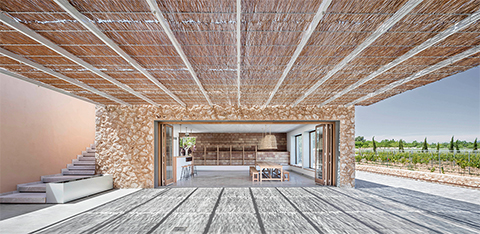
4. Son Juliana Winery, Mallorca, Spain
Entirely powered by renewable energy, this low-lying, prefabricated concrete structure keeps cool during the hot Mediterranean summer months via passive ventilation, while a cork roof keeps it well insulated in winter. The thermal mass of thick concrete walls in the wine cellar also help keep the room at an optimum cool temperature.
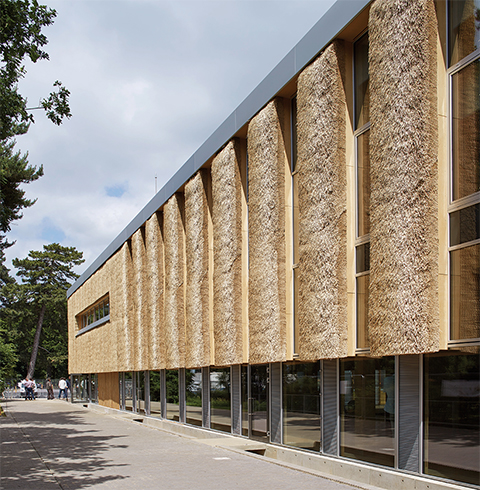
5. Enterprise Centre, University of East Anglia, Norwich, UK
This is perhaps the greenest UK building and provides space for local business support workshops. It is constructed from natural materials – timber and thatch – and is an exemplar of low-embodied energy and carbon construction tech. As well as reusing rainwater, it barely needs any heating and no active mechanical cooling.
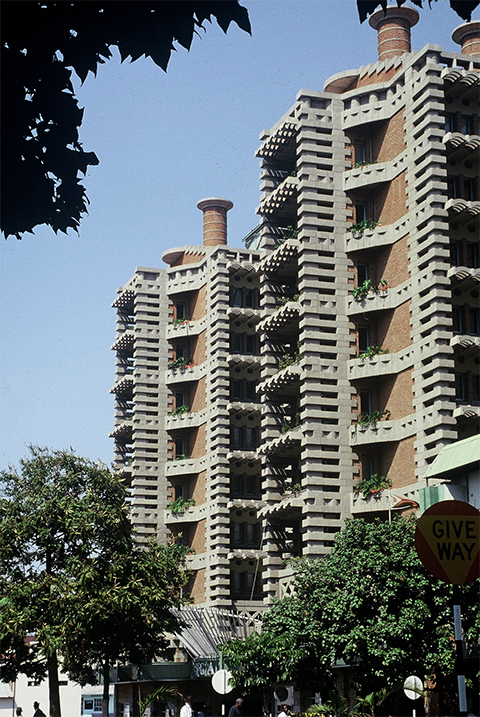
6. Eastgate Centre, Harare, Zimbabwe
Using a system of funnels on the roof, the building’s passive cooling technique draws out hot air built up during the day and vents it at night as temperatures drop. This helps Eastgate use 35% less energy than similarly sized conventional buildings in Harare. Architect Mick Pearce was partly inspired by the way termite mounds are naturally ventilated and cooled.
